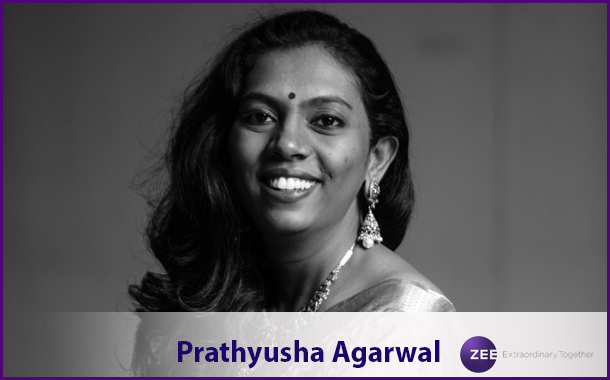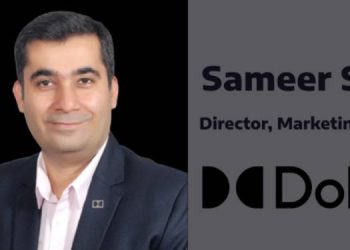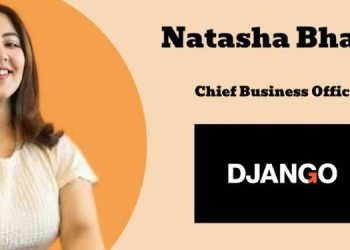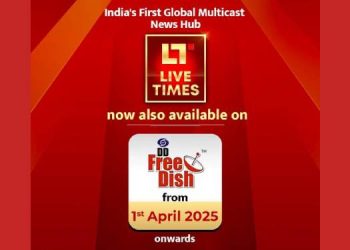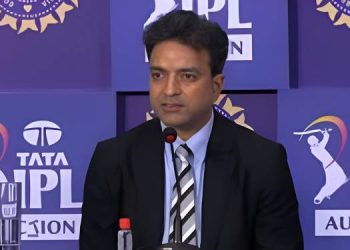By: Yohan Chawla
Tectonic. That’s the only word to describe the shift in the broadcast industry the new tariff regime has is set to bring. After confirmation from the Supreme Court on 30th October that this indeed will be the way ahead, broadcasters, DPOs and LCOs have been on their feet, bracing for the new waters they will need to navigate as they comply with the new tariff order. ZEEL, with channels “being consumed by 194 million households”, has launched its channel pricing “backed by major consumer research and analysis”. The ZEEL offeringswere discussed with the trade media two days after Star India had shared it’s new a la carte and pack rates based on its strong Star Value Packs which “have something for everyone in the family.” And the offerings from ZEEL, the other formidable media network, too have been created keeping the family and viewer demand in mind. That, one imagines, will be the theme of all broadcasters.
Coming back to the ZEEL announcement. They have segmented its markets by which channels are being watched the most, the consumers there, and most importantly, what they like, and have configured the family packs according to regions, and 11 languages.
The languages are Hindi, Urdu, Marathi, Bengali, Oriya, Bhojpuri, Tamil, Telugu, Kannada, Malayalam and English and the sole objective of the segmented offerings is to cater to different viewer needs.
ZEEL’s three pack types are:
- Prime packs, based on core regional language consumption
- Family packs that offer the top genres for every household and
- All-in-One packs that offer all genres which are of great value.
These packs come prices ranging from the lowest at Zee Prime Pack Tamil-SD at Rs 10 for 8 channels, Zee Family Pack – Hindi SD at Rs 45 for 24 channels to the ZEE All-in One pack that brings the entire lot of 27 channels at just Rs 60. The newly launched ZEE Kerelam has been priced at 10 paise per month. All these packs are SD, considering the SD to HD ratio is huge, HD packs cost a minimum of 10 to 15 rupees extra.
| Language | Zee
Family Pack SD |
Zee
All-in-One Pack SD |
Zee
Prime Pack SD |
Zee
Family Pack HD |
Zee
All-in-One Pack HD |
Zee
Prime Pack HD |
| Hindi | 45 | 60 | 60 | 85 | ||
| English Only | 25 | 35 | ||||
| Marathi | 50 | 65 | 80 | 105 | ||
| Bangla | 45 | 60 | 70 | 95 | ||
| Odia | 45 | 60 | 65 | 90 | ||
| Tamil | 37 | 66 | 10 | 65 | 95 | 25 |
| Telugu | 45 | 66 | 20 | 70 | 100 | 35 |
| Kannada | 45 | 66 | 17 | 70 | 100 | 25 |
| Tamil – Telugu | 55 | 76 | 25 | 80 | 110 | 40 |
| Tamil – Kannada | 55 | 76 | 25 | 80 | 110 | 40 |
| Telugu – Kannada | 55 | 76 | 28 | 80 | 110 | 40 |
| All South | 65 | 85 | 34 | 90 | 120 | 50 |
| Odia-Telugu | 65 | 80 | 80 | 110 | ||
| Marathi-Kannada | 70 | 85 | 90 | 120 |
Importantly, consumer behavior in the ‘ old regime’, was based on a sign-up-and-forget-basis. It was a low-involvement
At the media roundtable Prathyusha Agarwal, CMO, ZEEL, spoke on how the power of greater choice for consumers will affect consumer attitudes and behavior. “This has been a low-involvement sector for the consumer and pricing dictates the way a consumer behaves,” Agarwal said. “Just because we have been used to paying an x amount for a fixed number of channels it has become a low involvement sector and a local cable operator is required and involved for any purchase. TRAI has very nicely opened it up and given the power of choice in the consumers’ hands. Why am I paying? And what am I paying? Are questions which will lead to the fundamental behavioral and attitude shift of the consumers.”
Many lay consumers who don’t understand that it is more important to actually sit back and closely consider which particular channels they watch from the ‘bundled’ packs they have been buying so far from their DPOs. Will they end up saving or spending more each month, starting January 2019?
The answer, according to Agarwal, lies in dialogue between the consumer and the LCOs. “What this does,” said Agarwal in preamble to answering my question, “is that it gives complete power to the consumer to choose and decide what they want. A consumer who would spend an average of 500 rupees on a cable or DTH subscription for access to about 300 channels out of which probably not more than fifteen channels were being watched completely, can now choose channels of his choice and pay a lot less than what he was paying earlier. Consumers are in for a big save on the buck here. The packs from ZEEL rightly maintain a great balance between what the consumer likes and what they can afford.
“Uniform pricing”, Agarwal said, “is the next thing that is going to happen for the DPOs. The level playing field this reform brings is a great opportunity for everybody. One can truly build value from the service that they offer. There are operators who are careful about their consumer demands, they understand and take care of the sort of channels their consumers consume. Dialogue between LCOs and consumers will now increase to benefit of both parties,” Agarwal said.
Speaking on the impact of the new TRAI order on broadcasters, Agarwal said, “It truly makes this space an open-market operation where you will have demand-led pricing on the channels, which will then become a virtuous cycle. Good channels which have a strong brand love and strong content, and for which we were getting a good advertiser pull… for those channels now, you will get a subscriber pull.”
Speaking on how the ZEEL pricing packs were made and what consumer study was conducted to help the decision-making, Agarwal said, “550-plus channels are available on television today. Looking at a quarter reach of consumers, there are only 294 channels that a household consumes on a quarterly level. When we get it down to 80% consumption, which is forming the bulk of their consumption, that’s just 130 channels at an all-India level. Language-specific markets such as a state like UP which is a regional market, the 80% consumption is with about 65 channels. And a 100 odd channels for an HSM.”
From the research Agarwal said “we analysed that the consumers are getting their needs from a basket. Where all 550 channel were available, consumers get their 80% consumption channels from that basket of about 100 channels. It’s the other 20% variety and experimental viewing of the consumer that keeps fluctuating. Keeping all this in mind, ZEE packs have been created keeping the viewer demand in mind. This consumption trend is on a daily basis. The Family pack offers all a household with their dose of 80% consumption needs.”
Competitive pricing backed by great consumer analysis from the original visionary in C&S TV in India solidifies ZEE’s position in the industry.
The tectonic shift of vesting the power of choice firmly in the hands of the consumer has clearly had the industry in a thrall, but the consumer still needs to be educated about the order, what it means for her/him, and how easy and definitive the consumers’ decision will be on what they choose to watch. The Broadcasters, through IBF, have already got a campaign running, but the industry as a whole needs to carry out campaigns informing, educating and the telling the consumer about what the consumers are being offered, and what they need to do. ZEEL is connected extremely well with consumers across all its channels and its distribution platform as well as ZEE5 plus all its owned media, and one imagines that campaigns for consumers would follow after the IBF campaign has played out.
A big grey area in the new tariff regime
Even as we speak of the great empowerment of the consumer, the biggest clarity, on the mandatory maximum of 15% as the number for the difference between a collection of channels at a la carte rates and their bouquet prices, is yet to come. Without this clarity, the consumer will still be bulldozed into buying bouquets that would include not too popular channels, bunged into bouquets just because they can piggyback on the more successful channels to a much bigger OTS, and therefore better perception selling to advertisers.
If that 15% difference cap is enforced, one could see heightened activity from all quarters yet again.

